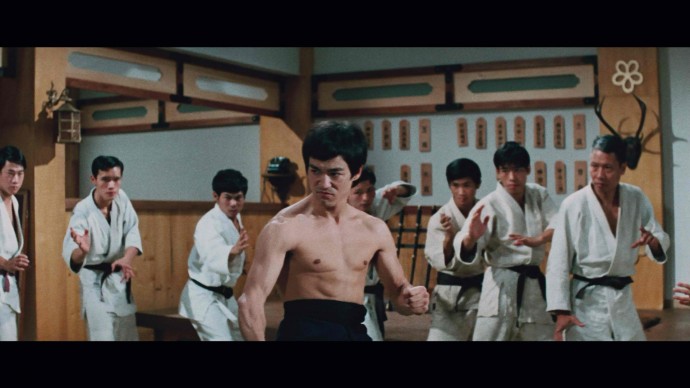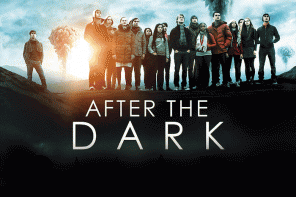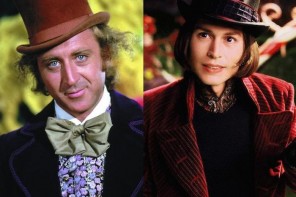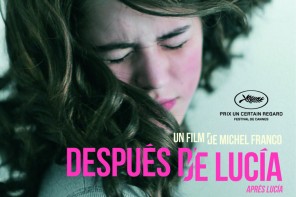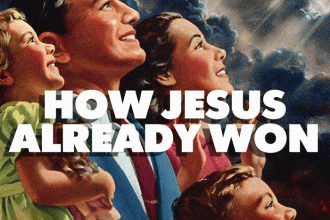Fist of Fury (1972) by Lo Wei
In the early 20th century, Chen Zhen (Bruce Lee) comes back to his Jingwu style school in Shangai. However, when he arrives, he discovers that his master has died from an illness. During the funeral, two japanese students from a karate dojo barge into the ceremony holding a sign that says “Sick Man of East Asia”. In other words, it is a racial insult defining Chinese as a weak and disabled people on a biological level. This is the starting point of a movie to one cannot possibly understand without the help of a thing called historical context.
Chen Zhen and Lee are like two different figures. Lee was well known for having rejected some of the principle values of Chinese gungfu (a traditional martial art) including the fact that it was forbidden to teach non Chinese people. Lee taught many Americans when he lived in the USA, including African Americans (among them was Kareem Abdul-Jabbar). The movie thus cannot be understood if we don’t weigh the importance of maoism in Chinese cinema at the time. Ideology was the main factor. Thus, the ideology of maoism is, in its essence, characterized by a forceful nationalism. The other important historical element being of course the horrors committed by Japanese troops during their invasion of China and Manchuria, leading to a feeling of hatred between the two countries that did not really disappear since.
One of the first scenes is a perfect example of that. Chen Zhen breaks into the karate dojo, holding the sign “Sick Man of East Asia”. He had stated before that he would make the Japanese “eat their words”. It is then followed by an incredible one sided beating during which Chen Zhen reduces a dozen of Japanese karate students into nothing more than kids without taking so much as a scratch. The mythical dimension of the scene embodied by the proud Chinese warrior demolishing the karate dojo single-handedly is one prominent element here. The fact that he uses a nunchaku to do this is also very symbolic. The nunchaku emphasizes the nationalist dimension of the scene, defining this fight as a form of national retribution. However, here one can point out some kind of paradox since the nunchaku is originally a tool invented by Japanese from Okinawa. The story thus distances itself with any kind of reality, turning Chen Zhen into more than a simple character. He becomes a national figure, a maoist figure in a way who came to avenge the lost honor of the Chinese people in a fictional context.
This ideological dimension can then be perceived as a simple yet efficient way to appeal to the nationalist feelings of the audience, making Japan the enemy and perhaps making Chinese people focus on the enemy outside rather than the enemy inside (some would say maoism). In order to accomplish this “fictional retribution”, violence is the way to go. Indeed, Chen Zhen’s actions throughout the movie can be described as bursts of brutality and violence. The most interesting scene of the movie perhaps is the one during which Chen Zhen is refused the entrance to a park. Indeed, the sign at the entrance says “No dogs and Chinese allowed”. Moreover, Chen Zhen is blocked by a Sikh guard, thus someone who doesn’t really belong to the Chinese people if we still consider the ideological side of the movie. Then, a Japanese tells Zhen that he can enter the park along him if he crawls on the floor and acts like a dog for the Japanese. Chen Zhen beats the hell out of that rude man in an impressive outburst of “ethnical violence” and then smashes the sign with a completely unrealistic flying kick by jumping at least ten meters high. The audience in China back then is said to have stood up and went in a complete frenzy during the screening, probably pleased by such a scene.
Of course, one can ponder over these facts and ask why such display of violence and hatred towards the Japanese could be considered noteworthy. There is no such simple thing in the world as forgiveness. The horrors committed by the Japanese troops during their occupation of China is not such a trivial thing that it would sink into oblivion. Thus, the question is not “Is this hatred really ethical ?” but rather “Where does it come from ?”. Moreover, the title informs us on the content of the movie. It is indeed a fist of fury that strikes the Japanese in the film, one could even say a fist of national fury. To conclude, let us remind ourselves that a recent movie displayed the same kind of “fictional retribution” of an ethnical group, namely Inglorious Basterds by Quentin Tarantino in which a group of american Jews lead by an officer with Apache blood slaughter an impressive number of Nazi soldiers.

